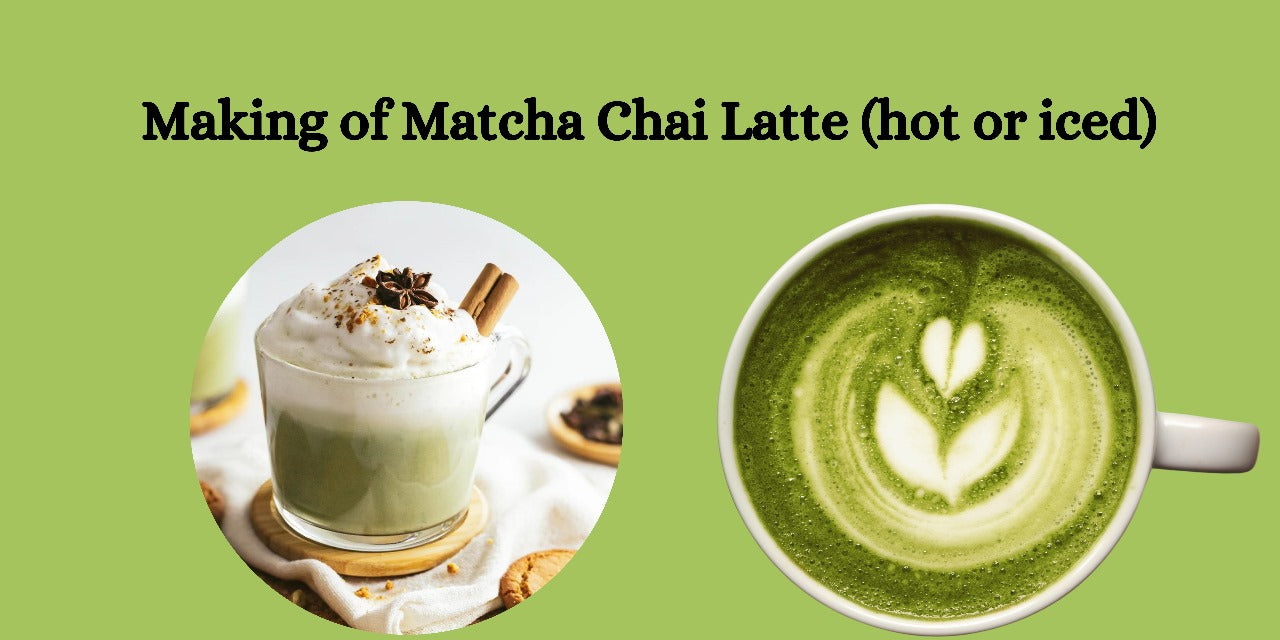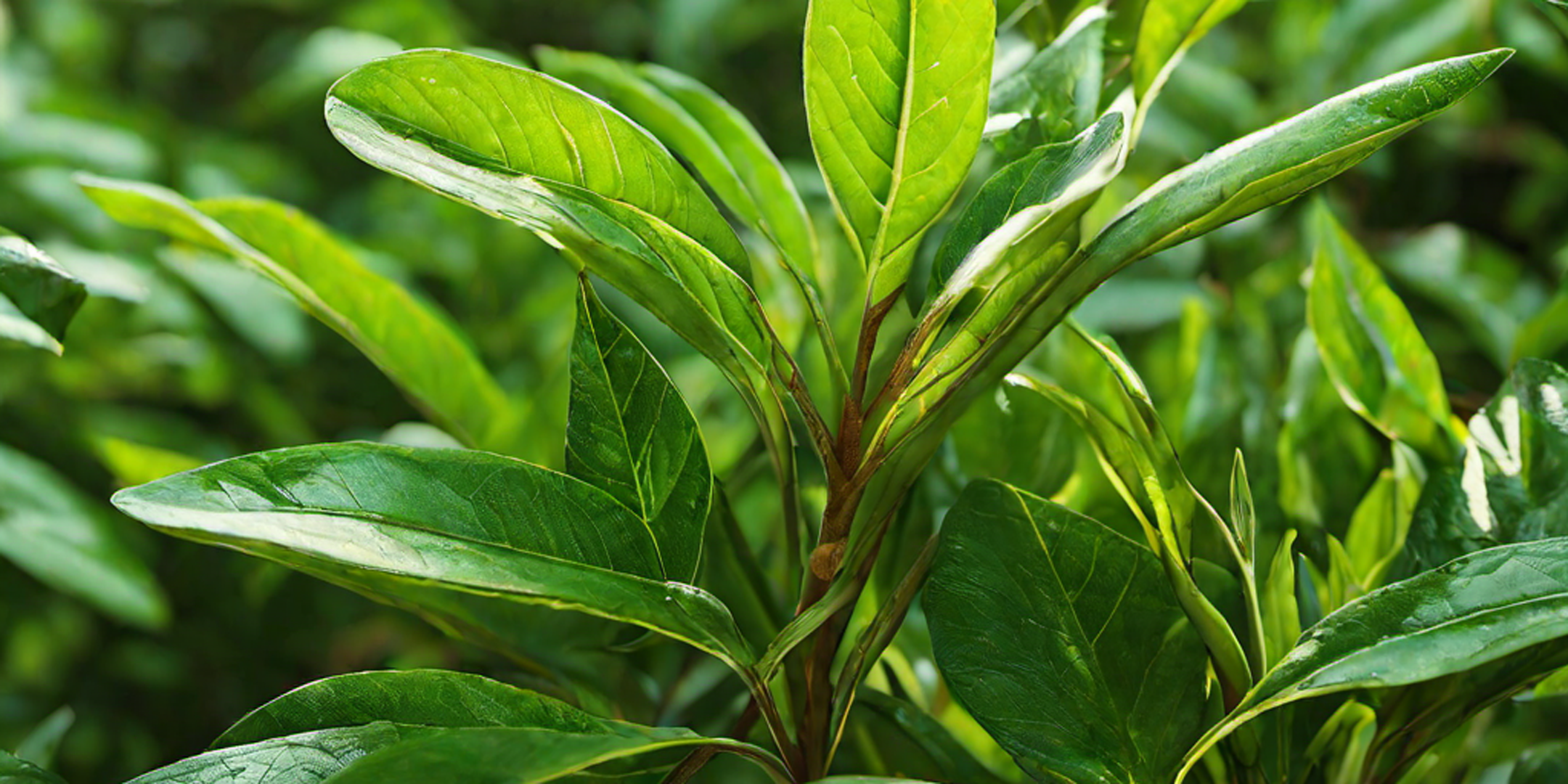Introduction
When it comes to tea, two popular varieties that often come to mind are matcha tea and green tea. While they may seem similar, there are distinct differences between the two that go beyond just their names. In this comprehensive guide, we will explore the variations in processing, taste, preparation methods, nutritional profiles, and more, to help you gain a deeper understanding of matcha tea and green tea.
The Origins and Cultivation
Green tea has a long history that can be traced back to China, where it was first discovered. Over time, it spread to other Asian countries like Japan, Korea, and Vietnam. Green tea is made from the leaves of the Camellia Sinensis plant, which are harvested and processed differently depending on the region. In China, the leaves are typically pan-fired, while in Japan, they are steamed.
On the other hand, matcha tea has its origins in Japan and is primarily produced there. The cultivation of matcha tea involves a unique process. The tea plants are shade-grown for about three weeks before the harvest. This shading process increases the chlorophyll levels in the leaves, giving matcha its vibrant green color and unique flavor profile. After harvesting, the leaves are steamed to halt oxidation and then carefully stone-ground into a fine powder.
Processing Methods
Green Tea Processing
The processing methods for green tea and matcha tea differ significantly. Green tea leaves are harvested using machines and then sent to processing plants. There, the leaves are steamed or pan-fired to stop the oxidation process. This step helps to preserve the natural flavors and colors of the leaves. The leaves are then shaped, dried, and packaged for consumption.
Matcha Tea Processing
Matcha tea, on the other hand, undergoes a more intricate and labor-intensive processing method. The tea leaves are hand-picked, selecting only the finest and youngest leaves. After harvesting, the stems and veins are removed, leaving only the tender leaf parts. The leaves are subsequently steamed to prevent oxidation. Once steamed, the leaves are carefully dried and ground into a fine powder using traditional stone mills. This powder is what gives matcha its distinctive texture and flavor.
Flavor Profiles
Green Tea Flavor
Green tea offers a light and fresh flavor with grassy or earthy undertones. Depending on the specific variety and preparation method, green tea can sometimes have a slightly bitter taste. However, when brewed correctly, it can be smooth and refreshing. Cold-brewing green tea over several hours can result in a smoother flavor profile due to the gradual extraction of flavors from the leaves.
Matcha Tea Flavor
Matcha tea, on the other hand, has a much richer and sweeter flavor compared to green tea. Its taste is often described as having umami notes with a slightly bitter undertone. The fine powder consistency of matcha allows for a more concentrated flavor profile. This unique flavor is one of the reasons why matcha is highly sought after and used in various culinary applications.
Preparation Methods
Green Tea Preparation
The preparation methods for green tea and matcha tea also differ. To prepare green tea, the loose leaves are steeped in hot water. It is essential to use water at a mild temperature of around 180°-185° F to avoid releasing tannins from the leaves, which can result in astringency. Green tea is typically steeped for about three minutes, although steeping times can vary depending on personal preference and the specific green tea variety. It is also worth noting that higher quality green teas can be re-steeped multiple times before the flavor starts to degrade.
Matcha Tea Preparation
Matcha tea, on the other hand, is a powdered tea that is whisked into hot water or shaken with a matcha shaker when preparing iced matcha. The traditional method involves using a bamboo whisk to create a frothy texture. Matcha can also be incorporated into various recipes such as smoothies, lattes, and baked goods, adding a unique flavor and vibrant green color.
Nutritional Profiles
Antioxidant Content
Both matcha tea and green tea are known for their high antioxidant content, which provides various health benefits. Antioxidants aid in neutralizing free radicals within the body, thereby reducing oxidative stress. Matcha tea, in particular, is known to have higher antioxidant levels than green tea. This is because matcha is made by grinding the entire tea leaf into a powder, whereas green tea is prepared by steeping the leaves and discarding them.
Catechins and Polyphenols
Catechins and polyphenols are two types of antioxidants found in both matcha tea and green tea. These compounds have been linked to potential health benefits such as boosting metabolism, improving endurance, and reducing the risk of certain illnesses. Matcha tea tends to have higher levels of catechins and polyphenols compared to green tea due to its concentrated form.
Amino Acids and Caffeine
Matcha tea is also known for its higher content of certain amino acids, particularly L-Theanine. L-Theanine is an amino acid that offers the energy boost of caffeine without the crash often associated with caffeine consumption. It is said to improve focus, memory, and overall cognitive function. Matcha tea contains significantly more L-Theanine compared to green tea.
In terms of caffeine content, matcha tea contains a higher amount of caffeine compared to green tea. One cup of matcha tea can contain approximately 280 milligrams of caffeine, while green tea typically contains around 35 milligrams per cup. It's important to note that the caffeine content can vary depending on the specific variety of tea and preparation method.
Conclusion
In conclusion, while matcha tea and green tea share some similarities as they both come from the same Camellia Sinensis plant, they have distinct differences in processing methods, flavor profiles, preparation techniques, and nutritional profiles. Matcha tea offers a richer, sweeter flavor and a vibrant green color due to its unique processing. Green tea, on the other hand, provides a lighter, grassy taste with a range of flavor possibilities. Understanding these differences allows you to choose the tea that best suits your preferences and health goals. So whether you opt for the frothy and concentrated matcha tea or the refreshing and diverse flavors of green tea, both options offer a delightful and healthy beverage experience.
Remember to explore different varieties and experiment with brewing methods to uncover your personal favorite. Whether you enjoy matcha tea's ceremonial traditions or green tea's versatility, both will surely satisfy your tea-loving desires.
So go ahead, brew a cup of your preferred tea, sit back, and savor the unique flavors and benefits that matcha tea and green tea have to offer!




